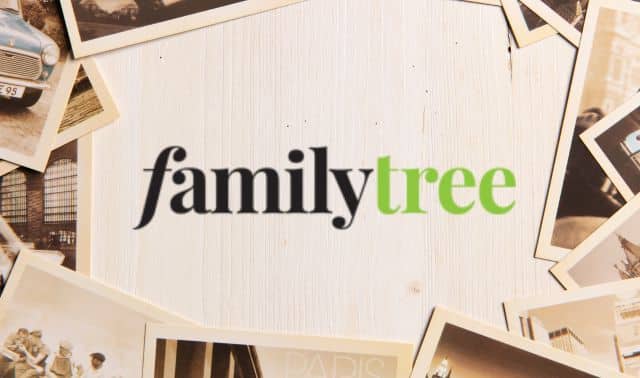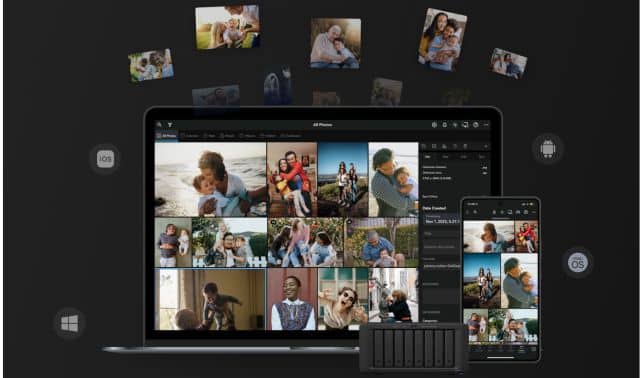Sign up for the Family Tree Newsletter! Plus, you’ll receive our 10 Essential Genealogy Research Forms PDF as a special thank you.
Copy-Shop Talk Using color copies in your scrapbook lets you preserve your original photos—and it’s often less expensive than ordering reprints. (If you’re making your own original from, say, a relative’s photo, though, use a photo kiosk or scan the image and print it on photo paper). Follow these guidelines to get the best color copies possible:
Make sure the copier’s glass is clean.
A copy is only as good as the original. If your photo’s seen better days, take it to a photo restorer. Or try the do-it-yourself software tricks in the April 2004 Family Tree Magazine.
The larger the original, the better the copy. You can always make a reduced-size duplicate, but enlarging a small photo can result in a fuzzy or distorted copy.
Remove pictures from frames whenever possible. A frame creates shadows, and the glass causes glare, both of which show up on your copy. If you can’t safely remove the photo, take it to a restoration expert. Nix page protectors and plastic overlays, too.
A dark photo makes for an even darker copy. Experiment with the halftone option on the color copier to lighten things up by a few shades.
Ask your local copy shop about the toner in its machines: You want a water-insoluble, fade-resistant, chemically stable and pH-balanced toner. Bring your own archival paper.
If you’re using a do-it-yourself copier, ask the staff for help the first time, and check your first copy before making another. Otherwise, include specific instructions for cropping and resizing with your copy order.
Experiment with adjusting color levels and changing color photos to black and white or sepia—this often improves the look of a faded photo.
To make multiple copies of a photo, use the Image Repeat option. It exposes your original to the copier’s intense light only once.




